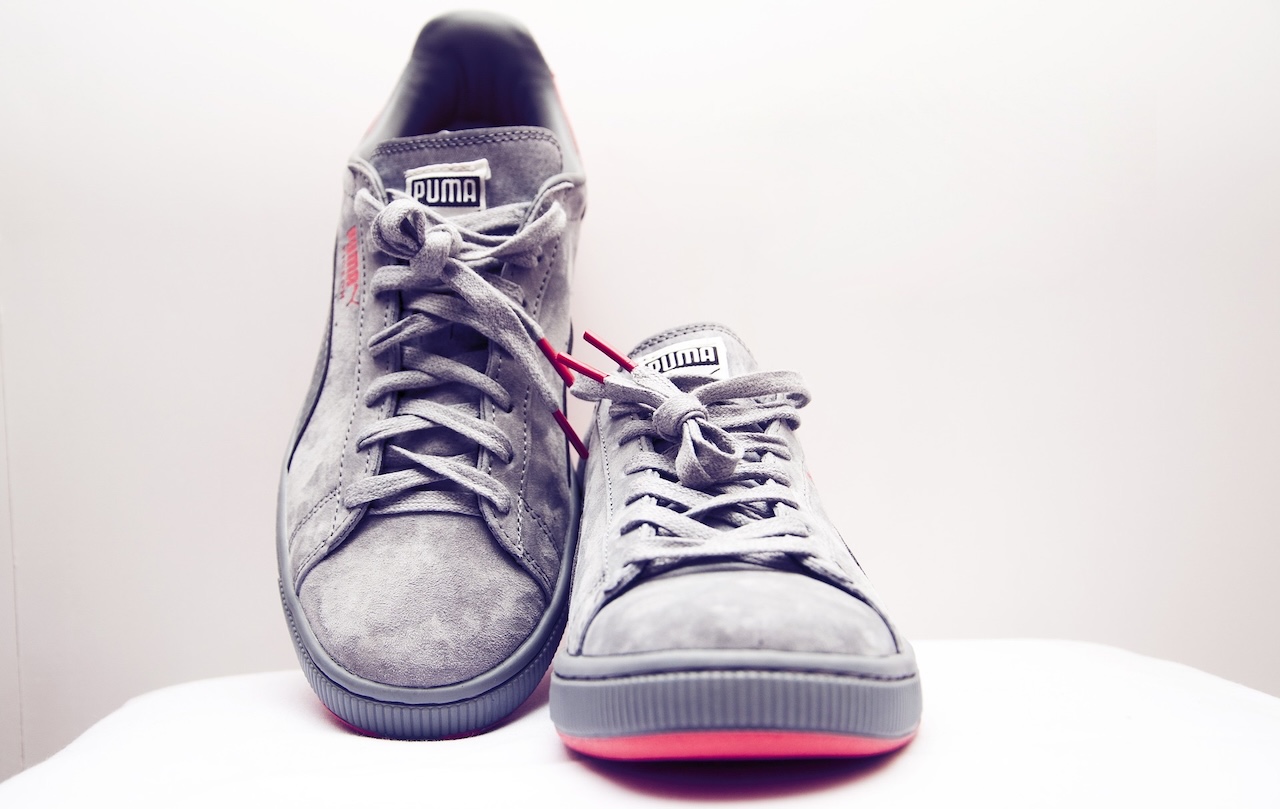
Puma’s organizational culture facilitates business leadership in the sporting goods industry. The company’s culture influences organizational development of human resources involving business philosophy, core values, motivation, and traditions that determine workplace effectiveness and competitiveness in markets for athletic footwear, equipment, apparel, and accessories.
Puma’s organizational culture supports competitive advantages for business growth and human resource development. The company motivates employees’ work performance through this organizational culture to bring the sporting goods business toward its strategic goals. This corporate culture promotes business strengths, such as those shown in the SWOT analysis of Puma. These strengths address competition with Nike, Adidas, ASICS, Under Armour, New Balance, and other firms. Puma’s culture is integral to strategic management for successful multinational business.
Characteristics of Puma’s Organizational Culture
Puma’s organizational culture links to the tagline, Forever Faster. The cultural emphasis is leadership in the athletic shoes, apparel, and accessories industry. The main characteristics of Puma’s culture are:
- Learning and growth
- Diversity and inclusion
- Wellbeing
This work culture creates a social context where workers are motivated to improve themselves while contributing to Puma’s business. In the resulting workplace condition, the company culture promotes job satisfaction and an optimal work-life balance. This work culture relates to Puma’s mission statement and vision statement, which highlight the “Forever Faster” mantra. The company’s human resource management focuses on leadership development for such a business purpose, considering the corporate culture and the competitive conditions of the sporting goods market.
Learning and Growth. Puma’s corporate culture prioritizes workers’ learning and growth. A strategic objective linked to this cultural trait is to continuously improve the company’s human resources, to support and enhance competitive advantages against firms, like Nike and Adidas. For example, leadership and skills development programs are integrated into human resource development for innovation required in Puma’s generic strategy for competitive advantage and intensive strategies for growth.
For learning and growth, Puma has lifelong learning, leadership development, and coaching programs as implementations of its organizational culture. Puma’s organizational structure (business structure) supports this characteristic of the business culture. For example, the company’s organizational design includes a Supervisory Board for employee representation for legal matters and for human resource development goals linked to the organizational culture’s aims for enhancing strategic positioning in the sporting goods industry.
Diversity and Inclusion. Puma maintains diversity and inclusion in its organizational culture. This cultural trait optimizes employee morale based on inclusion principles and enhances business competitive advantages by matching workforce diversity with customers’ diversity in the sporting goods market. In this company culture characteristic, Puma believes that high diversity and inclusion motivates human resources to consider diverse ideas for improving work performance. Also, this organizational cultural trait adds to brand image in terms of customers’ perception about the corporation’s efforts to satisfy stakeholders, relative to other sporting goods firms’ activities. Thus, Puma’s corporate culture benefits the business in terms of branding, stakeholder management, and human resource development.
Wellbeing. Employees’ wellbeing is integrated into Puma’s corporate culture. For example, the company has formal and informal policies and programs that address the multiple facets of workers’ lives, including financial and social needs inside and outside the sporting goods business. This organizational culture’s social aspect supports Puma’s corporate social responsibility strategies and stakeholder management efforts. Regarding employees’ wellbeing, the company’s culture promotes desirable behaviors in the workplace via high morale, high motivation, and a positive outlook about business performance in the athletic shoes, apparel, and accessories market. The following are the four thrusts under the Wellbeing characteristic of Puma’s organizational culture:
- Flex – flexible work options for a satisfactory work-life balance
- Social – Puma employees’ community engagement involving programs to support environmental protection and health and wellness
- Finance – competitive compensation packages and other financial benefits for employees
- Athlete – facilities, equipment, and programs for employees’ physical exercise and sports activities
Summary & Opportunities for Enhancing Puma’s Culture
Puma’s organizational culture involves behavioral expectations that define how the company develops its leadership among employees. The sporting goods company’s leadership focuses on product development and innovation, although other business areas are also culturally addressed. These cultural traits affect Puma’s operations management in human resources and job design. Thus, the corporate culture permeates the enterprise organization and influences strategic management in addressing challenges in the global sporting goods market.
Puma’s organizational culture is about developing human resources to reach maximum performance. The learning-and-growth cultural characteristic focuses on developing employees’ knowledge, skills, and abilities to satisfy the sporting goods company’s needs. The diversity and inclusion, and wellbeing characteristics of the corporate culture reflect Puma’s strategic objectives of reducing employee turnover, while optimizing performance through morale and job satisfaction.
An advantage of this organizational culture is that it ensures the adequacy of human resource capabilities, which is a critical success factor when considering the human resource strategies of competitors, like Nike and Adidas. A possible improvement to Puma’s business culture is to increase emphasis on innovation. This recommendation relates to the industry trend of increasing the integration of advanced technologies into athletic footwear and equipment.
References
- Dias, M., Lafraia, J. R., Teles, A., Schmitz, T., de Araujo, C. R. F., Pereira, L. J. D., … & Sobrinho, J. D. S. M. (2025). The evolution of the organizational culture: A systematic literature review. Evolution, 202, 5.
- Puma – Diversity, Equity & Inclusion.
- Qin, W., & Saufi, A. (2025). Impact of corporate culture towards employee belongingness: An analysis of the literature. International Journal of Scientific Multidisciplinary Research, 3(2), 267-280.
- U.S. Department of Commerce – International Trade Administration – Consumer Goods Industry.
- U.S. Department of Commerce – International Trade Administration – Textiles Industry.
- Wellbeing at Puma.
- Working at Puma – Career and Development Opportunities.